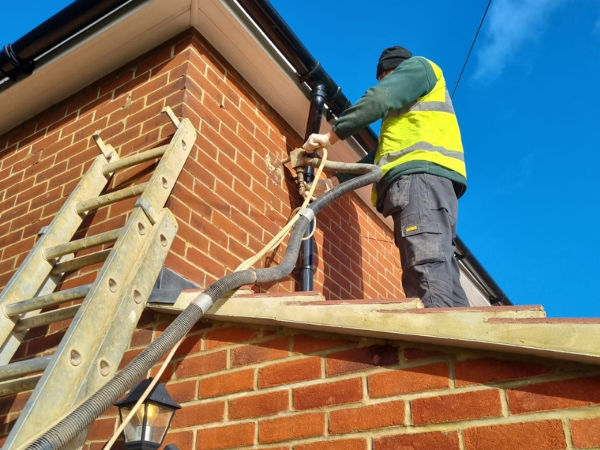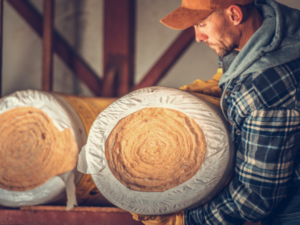Cavity wall insulation is a highly effective way to enhance the energy efficiency of your home, significantly reducing heat loss and, consequently, lowering your energy bills. Here’s how investing in cavity wall insulation can benefit you financially and improve your home’s comfort.
What is Cavity Wall Insulation?
Cavity wall insulation involves filling the gap between the inner and outer walls of a building with an insulating material. This process helps to prevent heat from escaping, ensuring your home stays warmer for longer periods during the winter months and cooler in the summer.
Financial Benefits of Cavity Wall Insulation
1. Reduced Energy Bills: One of the primary benefits of cavity wall insulation is the substantial reduction in energy bills. According to the Energy Saving Trust, proper insulation can save homeowners up to 65% annually on heating costs. By minimizing heat loss, your heating system doesn’t have to work as hard, resulting in lower energy consumption and reduced utility bills.
2. Quick Payback Period: The initial investment in cavity wall insulation typically pays for itself within a few years due to the savings on energy bills. For a typical semi-detached house, the cost of cavity wall insulation ranges between £1500 – £3500 , and the savings can start accumulating almost immediately. Given the annual savings, the payback period is usually between 3 to 5 years, making it a cost-effective home improvement.
Click here to see if you apply for Government funding.
3. Increased Property Value: Homes with good energy efficiency ratings are often more attractive to potential buyers. Installing cavity wall insulation can improve your home’s Energy Performance Certificate (EPC) rating, which can increase its market value. Buyers are likely to prefer a home that promises lower energy bills and a comfortable living environment.
4. Government Grants and Incentives: Homeowners may be eligible for government grants and schemes, such as the Energy Company Obligation (ECO4) or the Great British Insulation Scheme (GBIS), which can cover part or all of the cost of cavity wall insulation.
These schemes aim to help reduce energy consumption and carbon footprints by making energy-efficient home improvements more accessible.
How Cavity Wall Insulation Works
The process of installing cavity wall insulation typically involves:
– Assessment: A professional surveyor assesses your property to determine its suitability for cavity wall insulation.
– Installation: Small holes are drilled into the exterior walls, and insulating material, such as mineral wool, polystyrene beads, or polyurethane foam, is injected into the cavity using special equipment.
– Sealing: The holes are filled, and the external appearance of the walls is restored.
Environmental Benefits
In addition to financial savings, cavity wall insulation also contributes to environmental sustainability by reducing your home’s carbon footprint. Less energy consumption means fewer carbon emissions, making this an eco-friendly choice for conscientious homeowners.
Conclusion
Cavity wall insulation is a smart investment that offers both immediate and long-term financial benefits. By reducing heat loss, lowering energy bills, and potentially increasing your home’s market value, this home improvement measure is an excellent way to enhance your living environment while contributing to a more sustainable future. For more information on how you can benefit from cavity wall insulation and to check your eligibility for government grants, visit the official UK government website or contact your local energy provider.
Implementing cavity wall insulation can transform your home into a more energy-efficient, cost-effective, and comfortable living space, proving that this relatively simple upgrade is well worth the investment.




